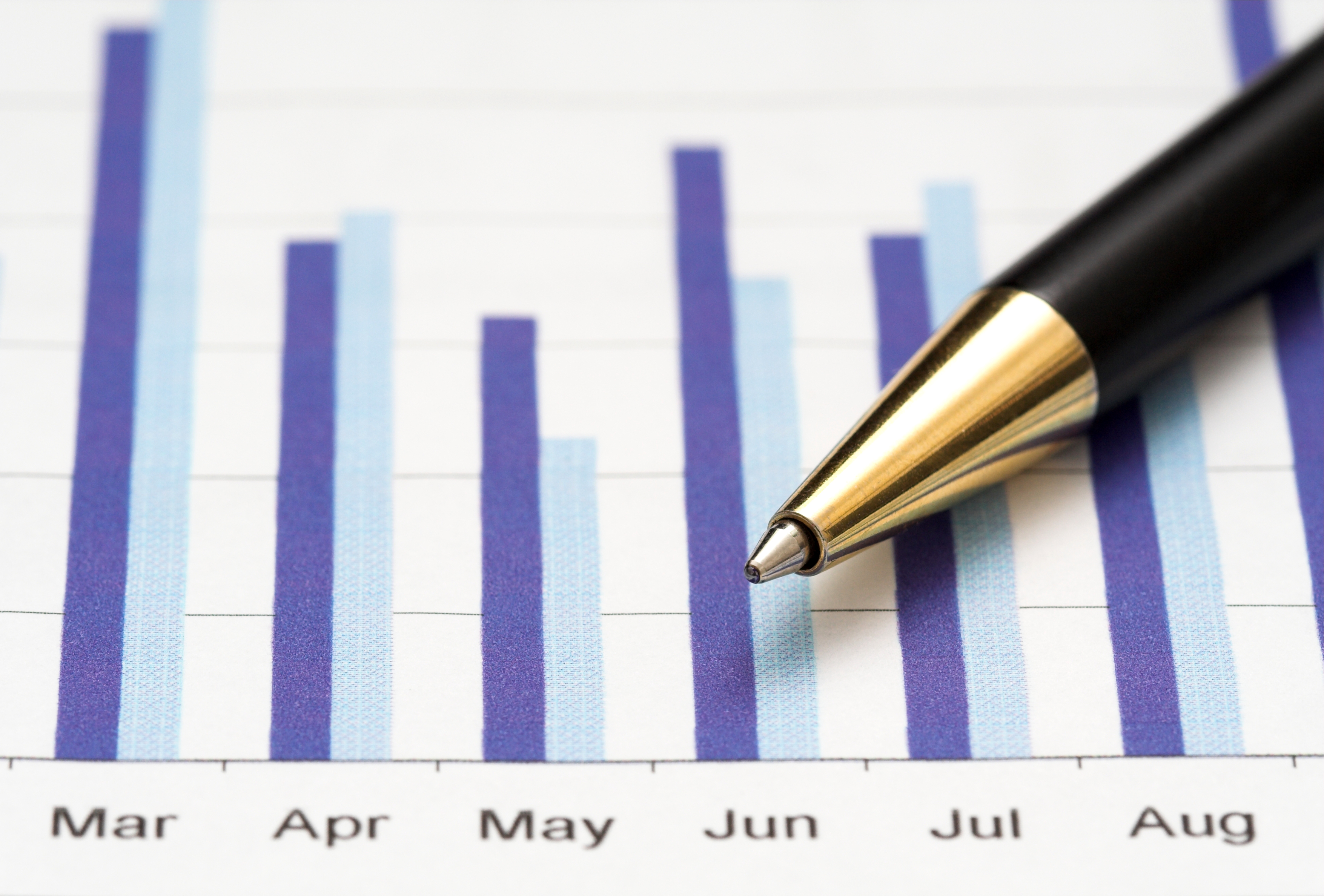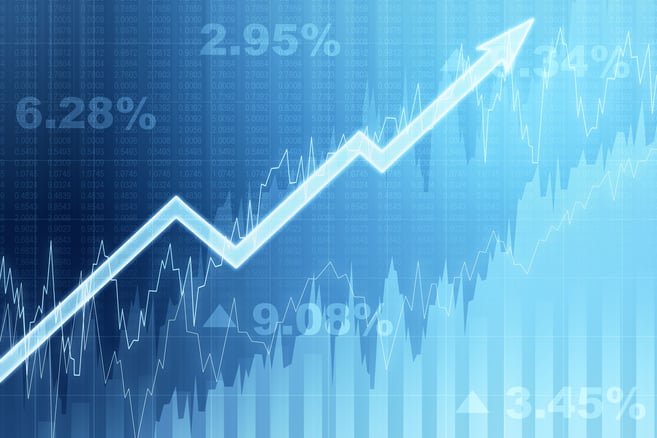
September headwinds are common enough that the S&P 500’s descent from its September 2 all-time peak feels familiar amid an otherwise historic year. Despite this “September effect,” many economic indicators are brightening, suggesting a recovery that has slowed, not turned.
As the S&P 500 had advanced 50% in a 125-day period, a loss of upward momentum didn’t surprise Raymond James Chief Investment Officer Larry Adam. “Valuations rose to the highest level since 2001,” he explained, “and technical indicators suggested that the market had reached stretched levels.”
Technology, the highest-flying sector of the COVID-19 era, took one of the largest hits during September. But burdened by the resurgence of COVID-19 in Europe and the lack of another U.S. stimulus package, the downward movement spread across the market.
Unquestionably, the tale of two markets and the “K-shaped recovery” continues. As Adam mentioned previously, some parts of the economy will flourish while others struggle.
Housing has been a bright spot during the pandemic. Federal Reserve leaders have indicated that near-zero interest rates may persist through 2023, and perhaps longer, boosting home sales to levels last seen around 2006. This homebuying surge may also be impacted by Americans looking to better align their home workspaces with their companies’ more flexible views on telecommuting.
Meanwhile, political pressures – and the urging of Federal Reserve Chairman Jerome Powell – continue to push for Congress and the White House to find a deal on fiscal stimulus.
I have talked a lot about volatility, and that isn’t likely to change very soon. However, there will be opportunities for market improvement this month and in the months to come. Earnings season starts in October, which should give the technology sector a chance to express its foundational strength. And though it is not uncommon to see volatility leading up to the election, once the issue is settled, investors usually make a quick return to form.
Here at the end of the quarter, we can clearly see the gains made by the mainstream indices. The S&P 500 gained 8.47% of value and the NASDAQ saw an 11% rise since the June 30 closing bell, despite the September slump. And here’s where we stand on the year:
|
|
12/31/19 Close |
9/30/20 Close |
Change |
% Gain/Loss Year to Date |
|
|
DJIA |
28,538.44 |
27,781.70 |
-756.74 |
-2.65% |
|
|
NASDAQ |
8,972.61 |
11,167.51 |
+2,194.90 |
+24.46% |
|
|
S&P 500 |
3,230.78 |
3,363.00 |
+132.22 |
+4.09% |
|
|
MSCI EAFE |
2,036.96 |
1,867.88 |
-169.08 |
-8.30% |
|
|
Russell 2000 |
1,668.47 |
1,507.69 |
-160.78 |
-9.64% |
|
|
Bloomberg Barclays Aggregate Bond |
2,225.00 |
2,379.64 |
+154.64 |
+6.95% |
|
|
|
Performance reflects price returns as of market close on Sept. 30, 2020, except for the MSCI EAFE and Bloomberg Barclays Aggregate Bond, which reflect the Sept. 29 closing values. Let’s now look at some specific points of interest across the markets, economy and the world: |
||||
Economy
- Real gross domestic product is expected to have risen sharply in the third quarter, following a steep drop in the previous quarter. However, the overall level of activity remains below where we were at the end of last year.
- The broad range of economic data have continued to suggest improvement, but the pace of the recovery has moderated. A few sectors, such as housing, are doing better than before the pandemic. Others won’t fully recover until the pandemic is well behind us.
- Further fiscal policy support will be important in securing the economic recovery. An elevated level of layoffs appears as a significant risk into 2021.
Equities
- The winners through the COVID-19 era are likely to continue to be the market leaders, said Joey Madere, senior portfolio strategist, Equity Portfolio & Technical Strategy, but there are reasons to reach into “recovery” sectors – industrials, materials and select consumer discretionary stocks.
- Some sectors, such as housing, internet retail and grocery stores are doing better than they were in February. Others such as travel and tourism, spectator events and business apparel won’t fully recover until the pandemic is well behind us.
- Oil may continue to struggle, especially as lockdown headlines in Europe escalate. Longer term, California’s recent executive order mandating new passenger vehicles be zero-emission by 2035 represents a demand headwind. “The oil industry needs to adapt to this electrification trend, including by participating in the building of electric vehicle charging infrastructure,” said Energy Analyst Pavel Molchanov.
International
- Markets outside the U.S. experienced fluctuations through September for many reasons: a second wave of COVID-19 eroding confidence in Europe; trade and diplomatic tensions hampering major Chinese markets; and Japanese investors seeing hope in the new prime minister’s economic reform initiatives, though broad skepticism about the ability to carry out the changes may have rounded those expectations.
- Neither the European Central Bank nor the Bank of England loosened monetary policy during the month, but they indicated they may take action by the end of the year, probably by expanded qualitative easing measures, European Strategist Chris Bailey says.
- Chinese economic data continues to show signs of progress, and the government has shown more confidence about producing a positive rate of economic growth through 2020.
Fixed income
- “Corporate bond issuance in September almost reached record heights as issuers are taking advantage of not only low rates, but the Federal Reserve messaging about maintaining low rates for an extended period of time,” said Chief Fixed Income Strategist Kevin Giddis.
- The fixed-income market displayed very little volatility in September. Treasury yields remain in a very tight trading range, with yields virtually flat inside seven years, and marginally lower outside seven years.
- Municipal bonds were also relatively flat through September, with no more than a 2-basis-point move on any point on the curve.
Bottom line
- September took the top off what had been a hot market leading up to the month. The dent in the armor for technology and other pandemic-era champions should be seen in this context.
- Economic indicators suggest continued, if tempered, economic improvement.
- Although uncertainty remains certain, we continue to view the pullback as a normal correction as opposed to a shift to a bear market, says Madere.
I hope this letter finds you well. It is never a great feeling when the markets correct, but as we know, long-term investing goals guided by pragmatism and context see beyond short-term fluctuations. I thank you for your continued trust in me as we navigate this time together. If you have any questions about the markets, your investments or your plans, please reach out to me so we can talk.
Material prepared by Raymond James for use by its advisors.

Tyler has been in the financial services industry since 2004 and with Sandstone Wealth Management and Heartland Bank since 2009. He is Series 7, 66 and Insurance licensed to assist his clients with all their investing, financial planning, and insurance needs. Tyler was recently named to the Forbes List of America's Top Next-Generation Wealth Advisor, which recognizes advisors from national, regional, and independent firms. Tyler graduated from the University of Nebraska-Lincoln with a Bachelor’s Degree in Diversified Agriculture and was born and raised in the Nebraska Sandhills. This gives him an intimate knowledge and understanding of his farming and ranching clients. Tyler is married to Rachel, who earned her Doctorate of Pharmacy from the University of Nebraska. They have two children, Camilla and Cooper. Away from business, he enjoys officiating high school basketball in the winter as well as golfing and team roping in the summer.

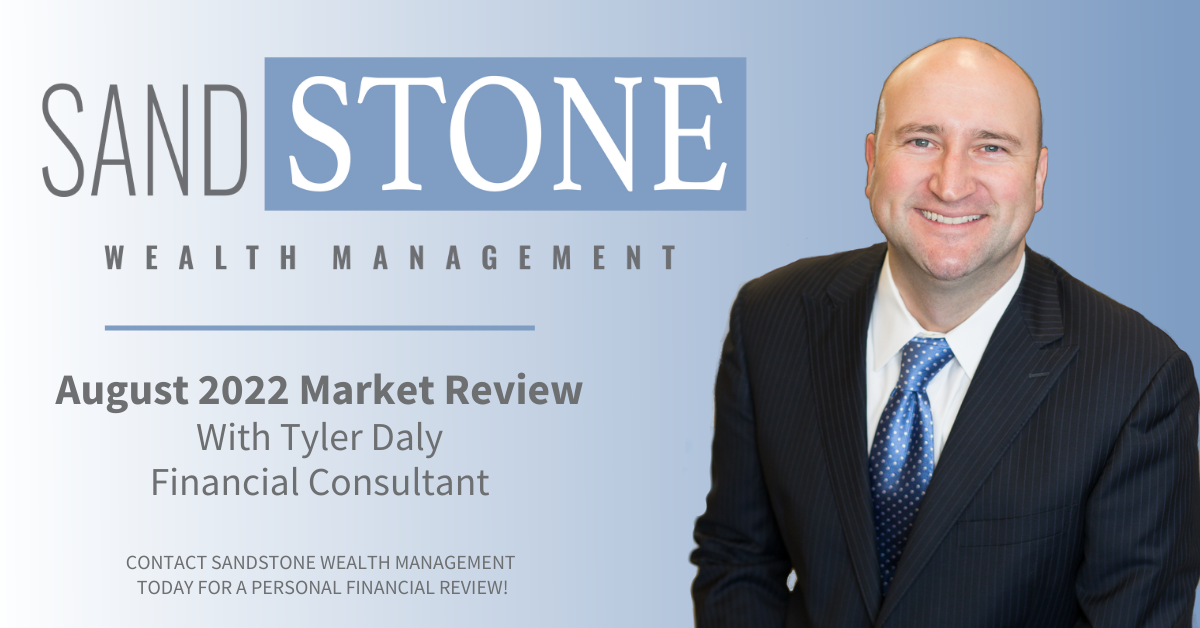
.png)
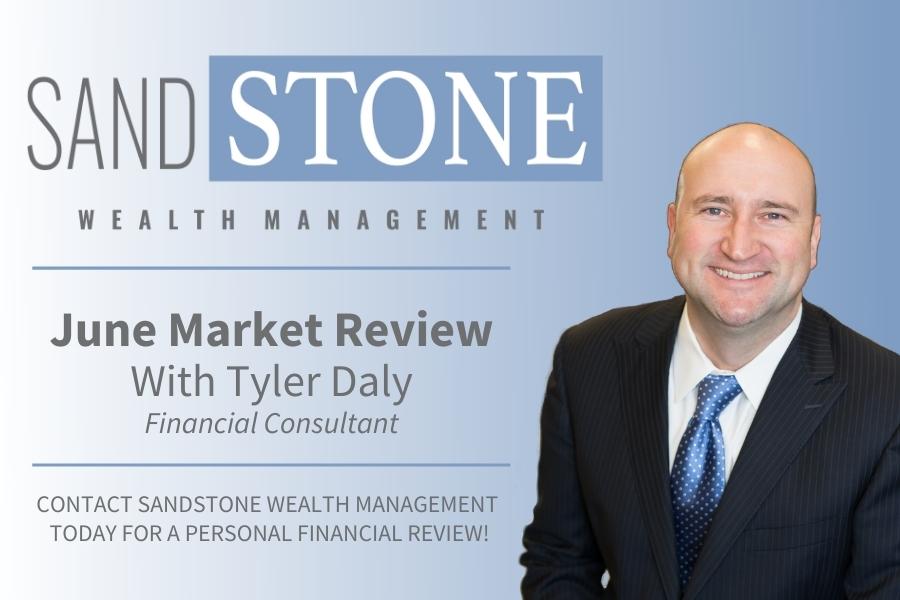
.jpg)
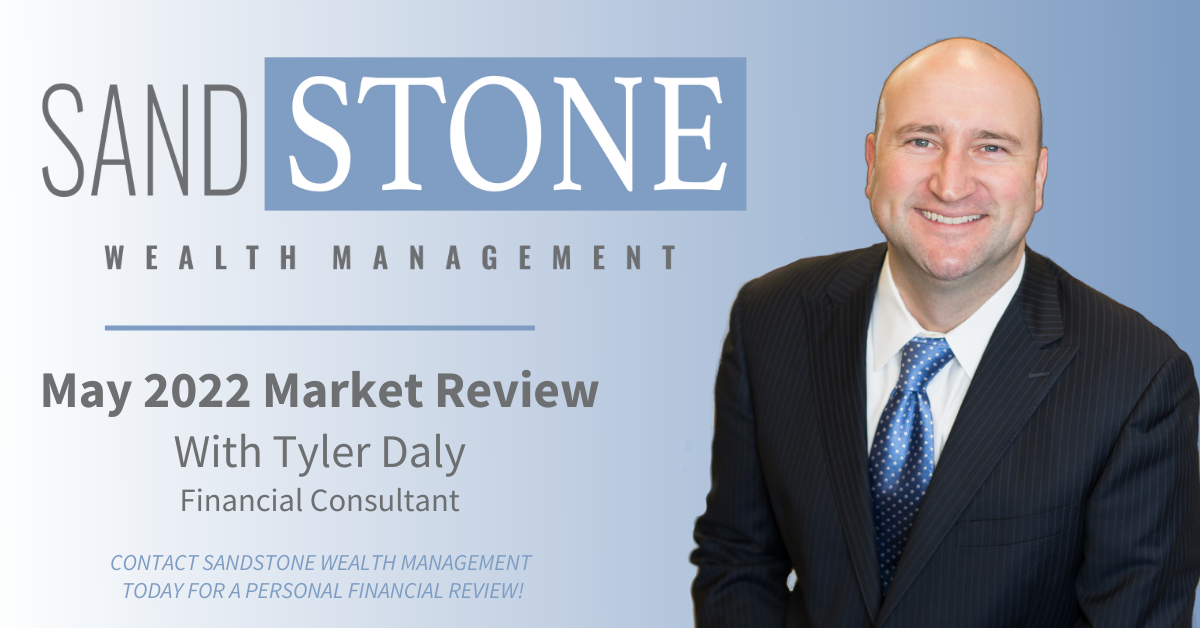
.jpg)

.png)


